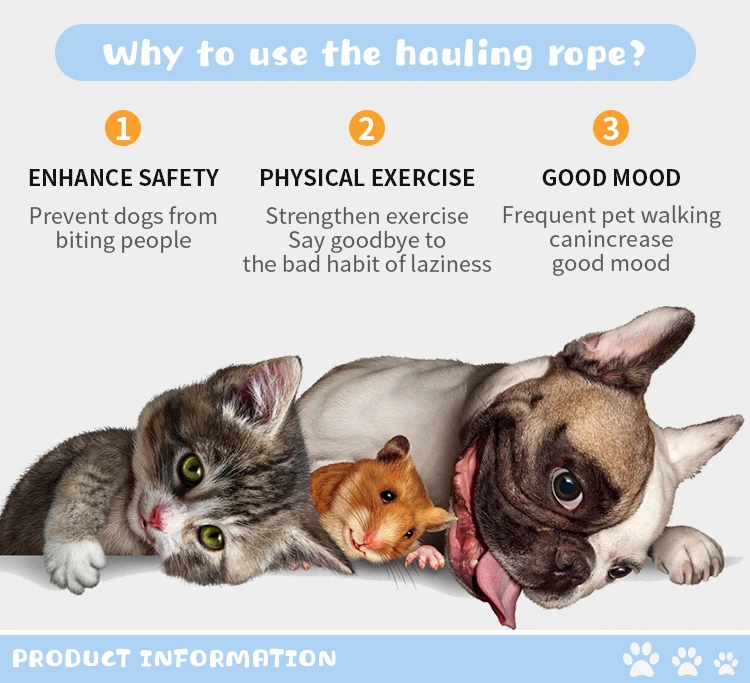"The Ultimate Guide to Caring for Your Horned Toad Pet: Tips for a Happy and Healthy Companion"
Guide or Summary:Introduction to Horned Toad PetChoosing the Right Horned Toad PetSetting Up the HabitatTemperature and LightingFeeding Your Horned Toad Pet……
Guide or Summary:
- Introduction to Horned Toad Pet
- Choosing the Right Horned Toad Pet
- Setting Up the Habitat
- Temperature and Lighting
- Feeding Your Horned Toad Pet
- Handling and Socialization
- Health and Common Issues
#### Description:
Introduction to Horned Toad Pet
Horned toads, also known as horned lizards, are fascinating reptiles that make unique and low-maintenance pets. Their distinctive appearance, characterized by their flattened bodies and spiky horns, captivates many reptile enthusiasts. If you are considering adding a horned toad pet to your family, it is essential to understand their needs, habitat requirements, and diet to ensure they thrive in your care.

Choosing the Right Horned Toad Pet
When selecting a horned toad pet, it’s crucial to find a healthy specimen. Look for signs of vitality, such as clear eyes, smooth skin, and active behavior. Reputable breeders or pet stores specializing in reptiles are the best sources for acquiring your new companion. Remember that different species of horned toads have varying care requirements, so be sure to research the specific type you wish to adopt.
Setting Up the Habitat
Creating a suitable habitat for your horned toad pet is vital for its well-being. A terrarium that mimics its natural environment is ideal. Aim for a spacious enclosure with plenty of hiding spots, such as rocks and plants. The substrate should be soft and easy to dig, like sand or soil, as horned toads enjoy burrowing. Ensure the enclosure has proper ventilation and is escape-proof, as these little creatures are skilled at finding their way out.
Temperature and Lighting
Horned toads are ectothermic, meaning they rely on external heat sources to regulate their body temperature. Providing a temperature gradient within the enclosure is essential, with a basking area reaching around 90°F (32°C) and a cooler area around 70°F (21°C). Use UVB lighting to simulate natural sunlight, which is crucial for their health and helps them synthesize vitamin D3.

Feeding Your Horned Toad Pet
Horned toads primarily feed on insects, making their diet relatively simple. Crickets, mealworms, and roaches are excellent options. It’s essential to provide appropriately sized prey, as overly large insects can pose a choking hazard. Dusting their food with calcium and vitamin supplements will help ensure your horned toad pet receives all the necessary nutrients for healthy growth and development.
Handling and Socialization
While horned toads can be handled, it’s important to do so gently and infrequently to minimize stress. Allow your pet to acclimate to its new environment before attempting to handle it. When you do hold your horned toad, support its body fully and avoid squeezing. Regular, gentle interaction can help your pet become more comfortable with you, but always pay attention to its body language to avoid overstressing it.
Health and Common Issues
Monitoring your horned toad pet for signs of illness is crucial. Common health issues include respiratory infections, parasites, and shedding problems. Regular vet check-ups with a veterinarian experienced in reptiles can help catch any potential health concerns early. Maintaining a clean habitat and providing a proper diet will significantly reduce the risk of health issues.

Owning a horned toad pet can be a rewarding experience for reptile lovers. By providing a suitable habitat, proper diet, and gentle handling, you can ensure your horned toad thrives and becomes a cherished companion. With the right care, these unique reptiles can live for many years, bringing joy and fascination to your home.